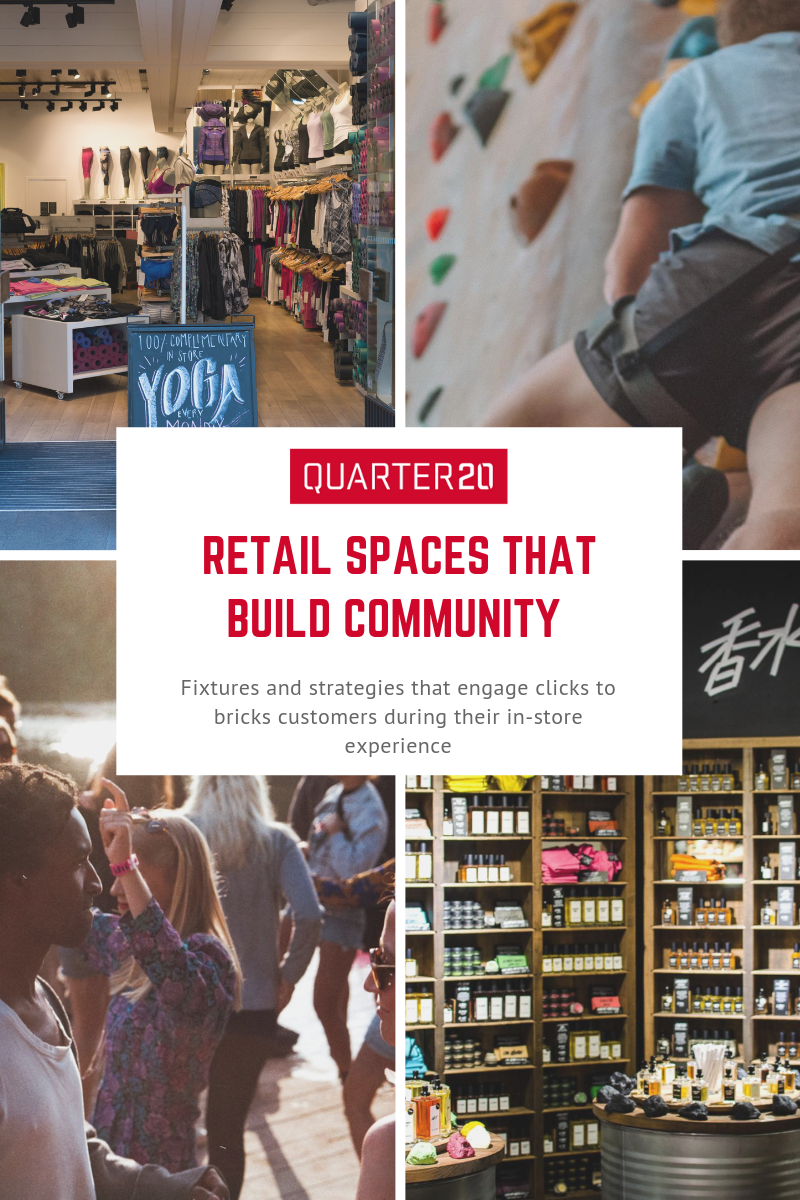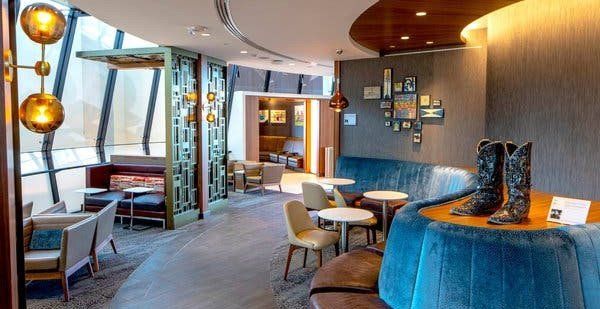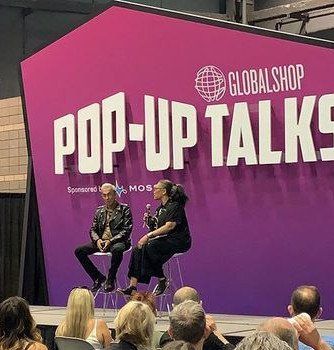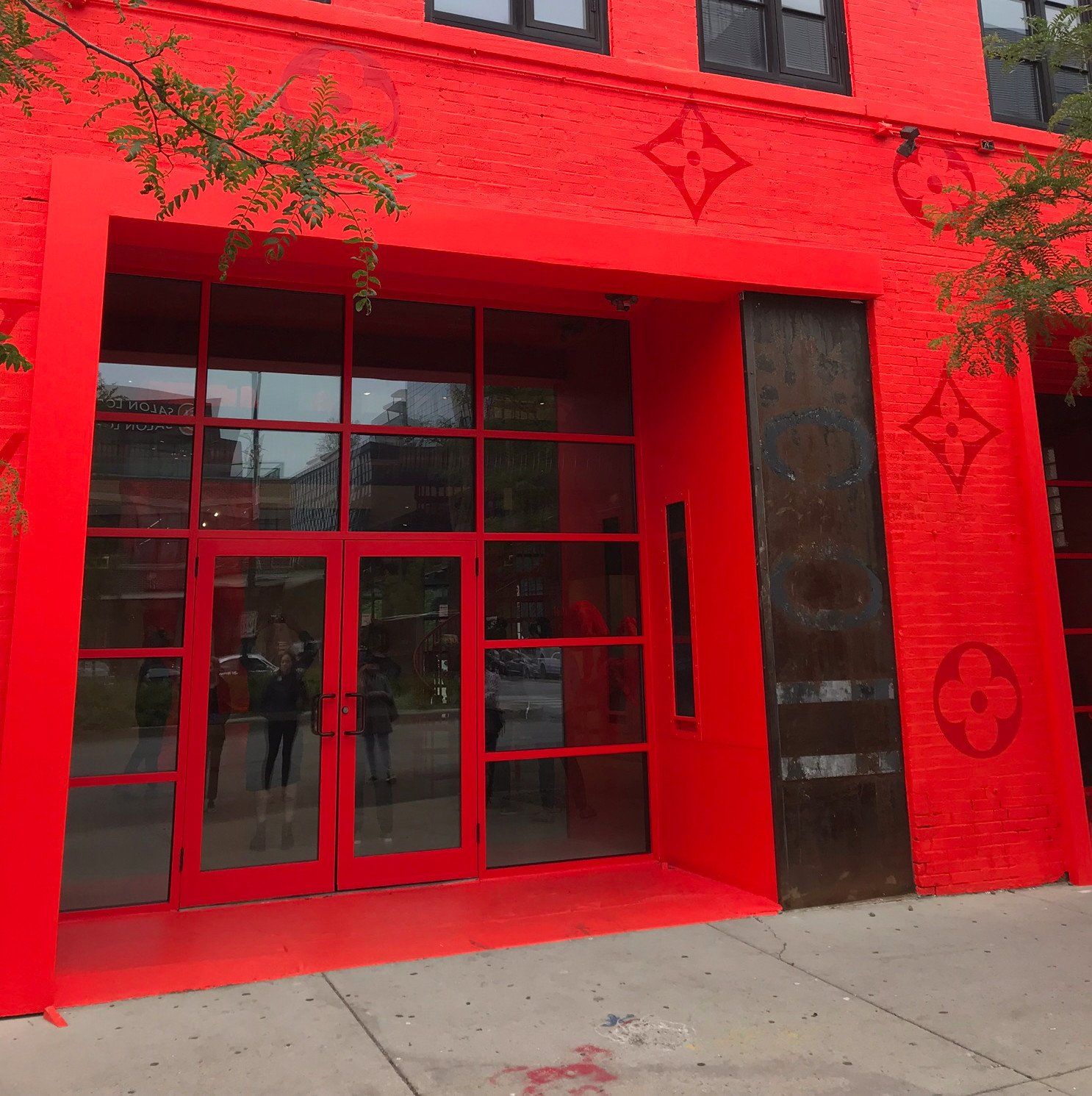5 Big Retail Design Myths Debunked
Tom Chisari • March 9, 2018
Myths are beliefs that are widely held, but nonetheless false. Even in the ever-changing field of retail design, long-standing myths continue to exist – ideas that are at least partially false. Below are just a few widely held beliefs about retail design.
- More square footage equates to more display space.
Any store’s needs for space will expand and contract over time, as new products and lines are added and others are phased out. When increasing floor space, careful planning can ensure the maximum use of the space. Even the shape of the store footprint affects the amount of display space available. If the front wall of the store is taken up with windows, a rectangular space will have more wall display area than a square space.
- The success of a retail design will be readily apparent.
Customers generally respond positively to novelty, so store sales will often receive a bump with any redo of a store interior. Also, other variables like merchandise offerings usually change along with store interiors, so it’s hard to isolate the effect of any particular change on sales. These are just a couple of the variables that complicate attempts to calculate return on investment.
- Natural light is the best illumination for a store environment.
In photography or real estate, natural light is paramount. Many assume the same would be true for retail spaces – that natural light should provide the best view of the products and the store environment. The truth is that natural light is much more problematic than artificial light. Natural light is not reliable. It can at times be harsh, muting or eliminating the intended effects of accent lighting, and actually making the store appear darker. At least artificial light doesn’t fade the products on the shelf at a greatly accelerated pace. Artificial light allows the retailer to better manage the store experience, to draw customers towards the light towards the back of the store, and to help customers forget what is going on outside the store.
- The checkout area is the least important.
Most store checkouts have similar features, so it can be tempting to assume that once the customer reaches the checkout, the sale is “in the bag.” However, it’s particularly important to make sure the cash wrap counter is efficiently designed, uncluttered, and allows sales associates space to move around. There has been a trend in cashwrap-less type stores, ala Apple and Amazon, where store associates walk around to assist customers with a tablet, or items are automatically scanned. In these new stores, the transaction area is indicative of the technology that is used for the exchange, so the space becomes a smaller, more consultative space. Regardless of how checkout occurs, the checkout process is the end of a transaction, and it also helps set up the ongoing customer relationship, so it needs to leave a positive impression.
- Mirrors create space and light.
To a degree, mirrors can make a space seem larger. However, the effect of a wall of mirrors is more often confusion, because it can make paths through the store appear duplicated. Also, mirrors can only reflect whatever light or darkness is already in the store, so they don’t actually create light. Thoughtfully placing mirrors for function and for style makes sense, rather than putting up mirrors for the sake of it. Mirrors certainly have their function and their place in design, but not as a means to make a space appear larger.
These myths are only a few of the long-standing ideas that should be challenged whenever redesigning a retail environment. By setting aside myths, we can improve design thinking and develop the truly creative and effective retail environments of the future.
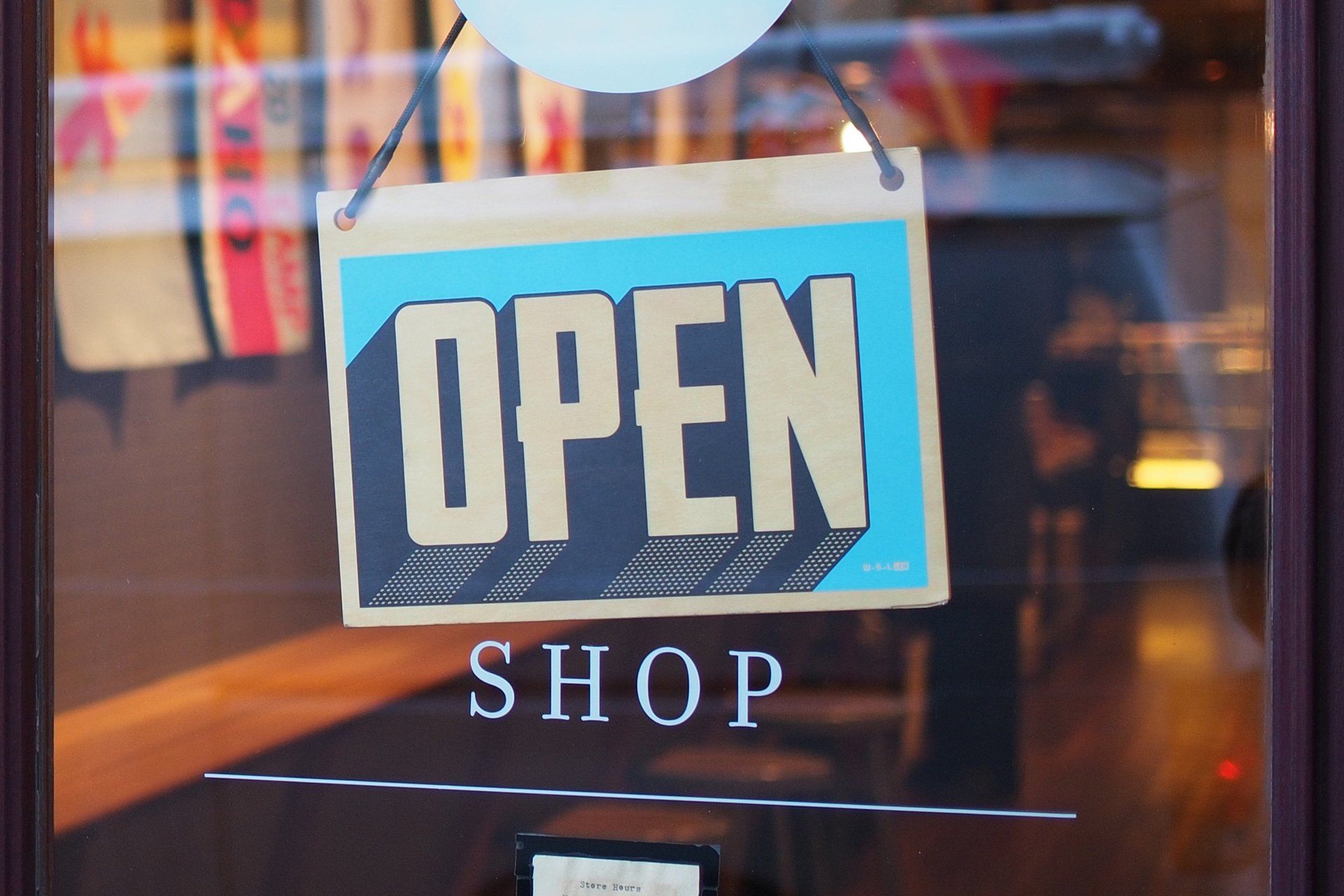
Everyone is grappling with the realities of this pandemic. What it means for their business, customers, employees, and the future of their brand is uncertain. As dire as that sounds, always keep in mind, this will all end eventually. Quarter20 is always looking ahead, and now is no different. When people go into stores, what will they find and how will it be changed is a question that we are looking to answer.
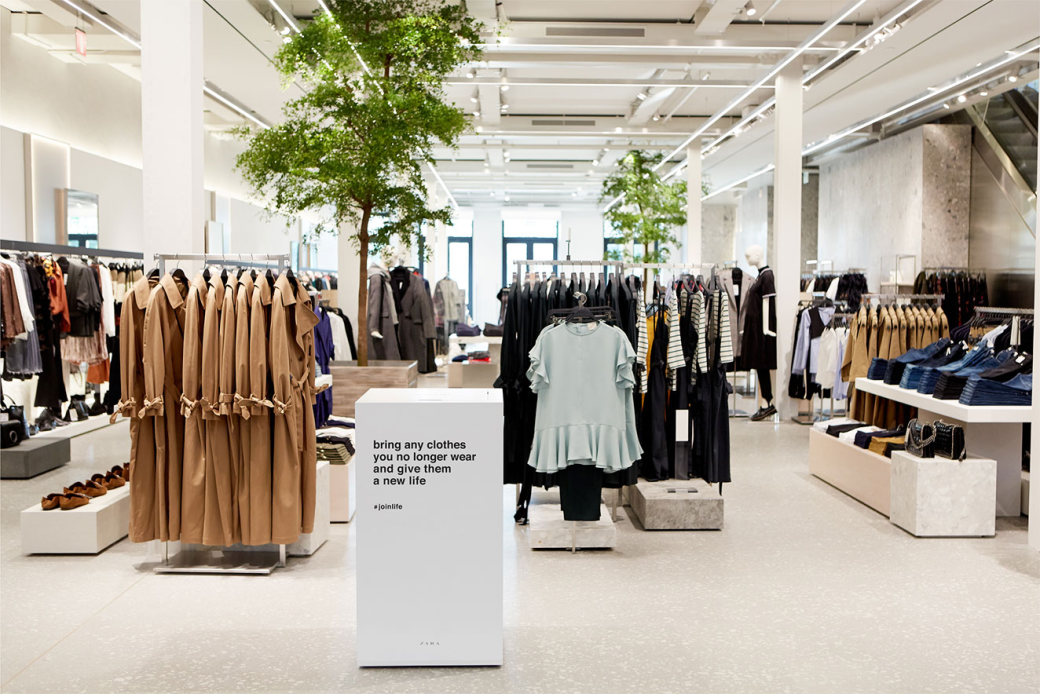
Take a look at how these five major global brands are focusing on sustainability in their retail building and design strategies. From a focus on earth-friendly fixtures and materials to customer engagement with sustainable initiatives in-store, these brands are making sustainable retail design a priority.
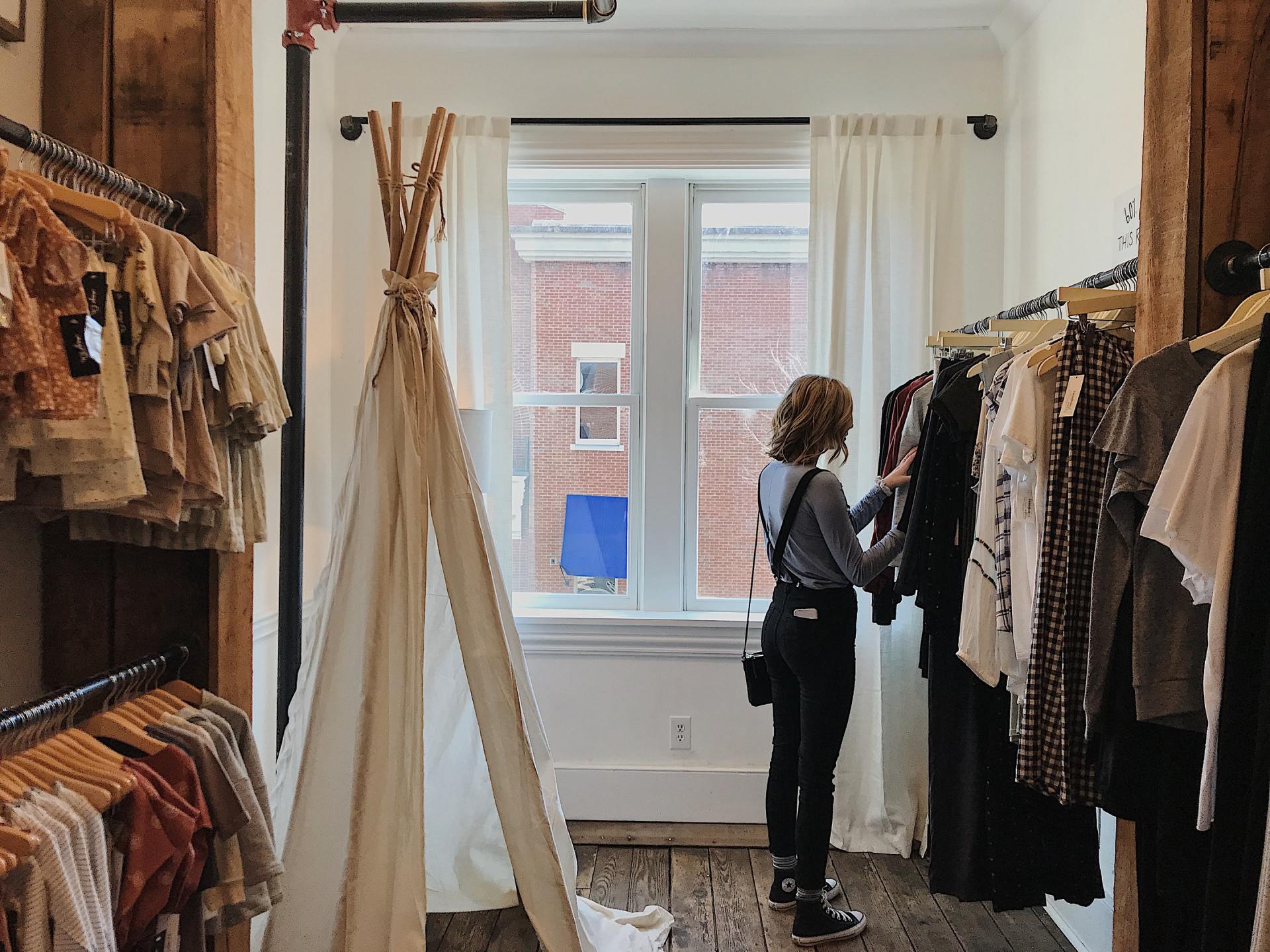
The Case For Convenience. How These Retailers Built Convenience Directly Into Their Brand Experience
Read how these major brands have built convenience directly into their retail brand experience.
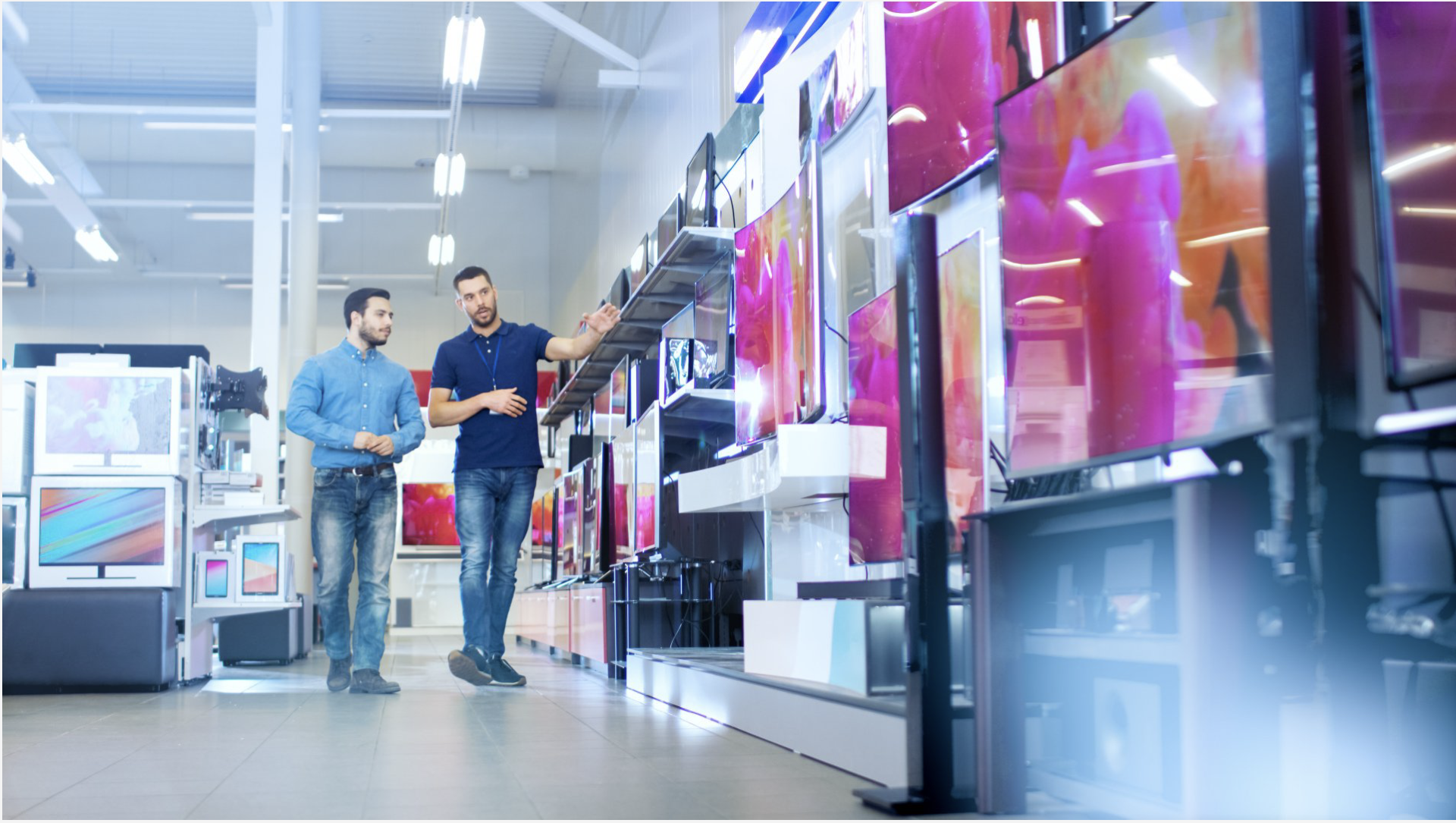
The evolution of the retail market has created a chasm between the online and offline experience. The transactional nature of e-commerce has created a consumer expectation of ultra-convenience, which retailers are incorporating at all levels of the purchase process. In the digital age of convenience, shopping online and in-store from the same retailer can feel different resulting in the massive adoption of technology to help build convenience in shopping experiences in online stores and brick-and-mortar stores. The following tips highlight the various ways that retailers can build a convenience store concept among their customers.
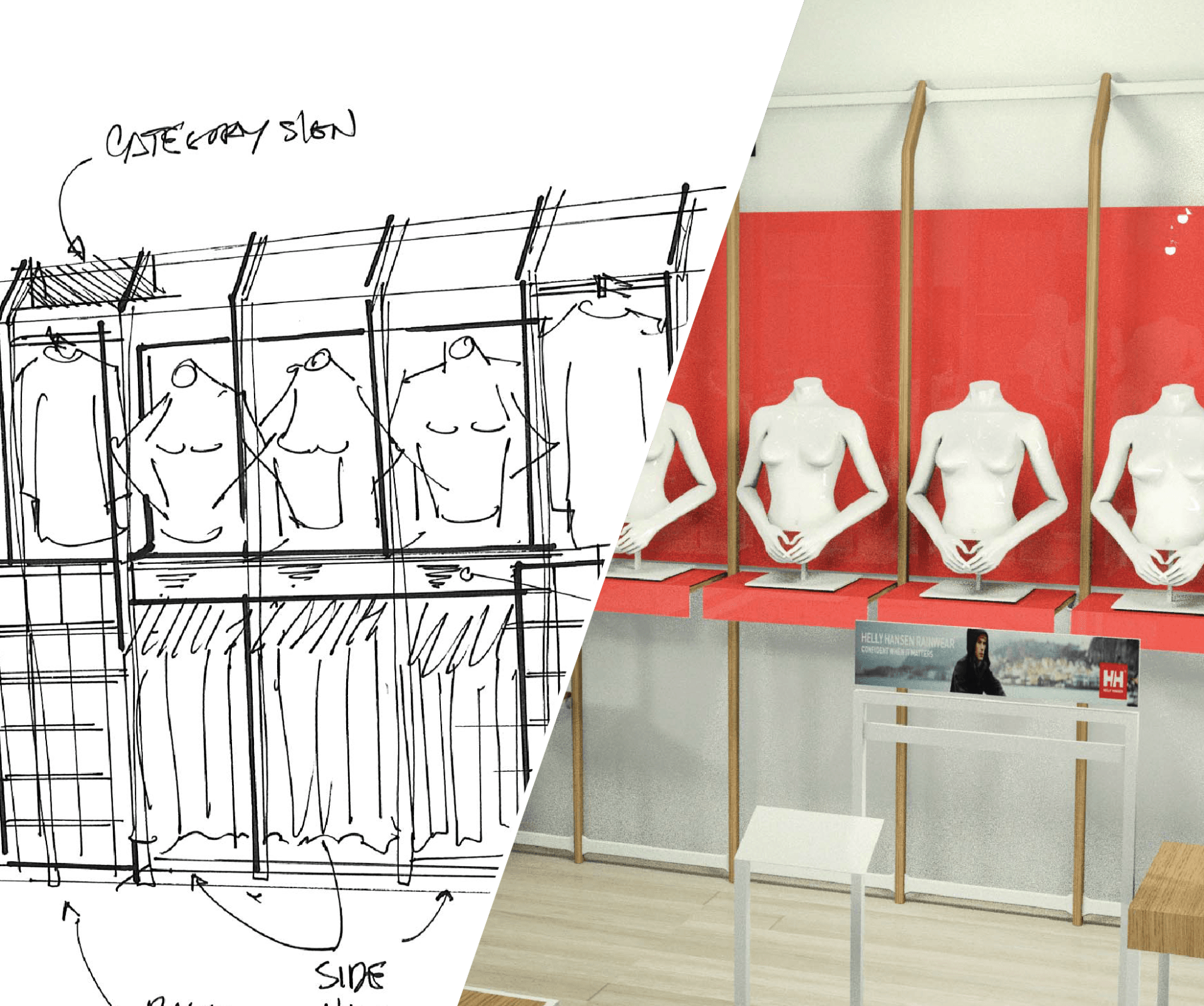
Anyone who has ever opened retail stores knows that success requires more than just renting space and opening the door. Taking a brand to new places can open the door for creativity in retail design. At Q20 we ask ‘what if’ a lot. We want to create new retail experiences that engage our client’s customers like never before. While asking ‘what if’ can expose us to the unknown, we support that question with a solid process that allows us to assist clients at any stage in their retail project. In this way, we access our team’s creativity within a structure that keeps projects on time, and on budget! We would like to offer some insight into our process to show how it supports creative new ways to deliver world class retail experiences. Take a look at the brief descriptions below and get in touch if we can help you in any of these stages for your retail development project. 1 . Design Engineering Retail store design starts with conceptualizing how to best use the space in order to fulfill the retailer's goals. We work together with our clients to establish those goals, researching sources for the right materials. Fixture requirements, modularity and capacity are all taken into consideration, ensuring adequate fixtures to properly display all of the store's goods. 2. Identify the Environment Our team works with clients to plan the use of the available space. This includes the marketing side of planning window display areas and merchandising for the retail store design. While this is happening, construction teams are working on site evaluation, permitting and regulatory factors that might affect the project. Because of restrictions imposed by the environment, each retail store design is unique. Restrictions must be taken into account early in the process, to ensure the best possible results for the retail construction and design project. 3. Engineering and Estimating We often explore a number of different options, seeking a mix that fits the client's budget. Drawings, specifications and initial pricing are prepared in this stage. At this point, clients make a decision on whether to build custom fixtures, source fixtures domestically or source them overseas to best meet their time and cost requirements. 4. Prototyping Fixtures With the concept well in hand, prototype sketches or models will be prepared, in a "proof of concept" process. All elements of the design must be vetted, to ensure that the fixtures will fit in the available space, provide the overall aesthetic appearance desired, and provide necessary display space. Further design modifications may be made based upon the results of the prototyping process. 5. Client Approval While the design process takes shape between the contractor and the retailer, this decision rests solely upon the customer's shoulders. Even so, like other stages of the process, it isn't about accepting or rejecting the overall concept, but rather seeking insight to further refine the design and make any additional changes that the customer deems necessary. 6. Engineering Updates Based upon the collaborative effort of the client approval process, engineering works to incorporate any necessary changes to the retail store design. Further drawings or prototypes are produced, as required, so the final design meets the customer's needs. 7. Fixture Production With approval of the design complete, it is time to begin production. We always start out with a first fixture fabrication to check that the design can be completed per the drawings and that the finished product will be the same as the prototypes. Potential problems with the manufacturing process are identified and rectified at this stage. Once everything looks good, any custom materials or tooling is created, and fabrication of the store's fixtures begins. There are two key elements in this stage of the process: quality control and transparency. It is the responsibility of our quality control team to ensure that each finished fixture matches the intent of the design. At the same time, the production process must be shared with the client, so they can see the progress and verify that the finished product is delivered to specification. 8. Retail Construction Management All the preceding steps lead up to the build-out. Once complete and the fixtures are installed, the retail store design will meet our customer's needs and provide a retail space which is attractive, effective and experiential. Installation of the fixtures is the high point for everyone in the team, as it is the cumulative result of the planning that went before. All fixtures are inspected to ensure their function and that they reflect the concept. We maintain close contact with our client through their opening or reopening to support them with any additional details needed to help ensure their success.
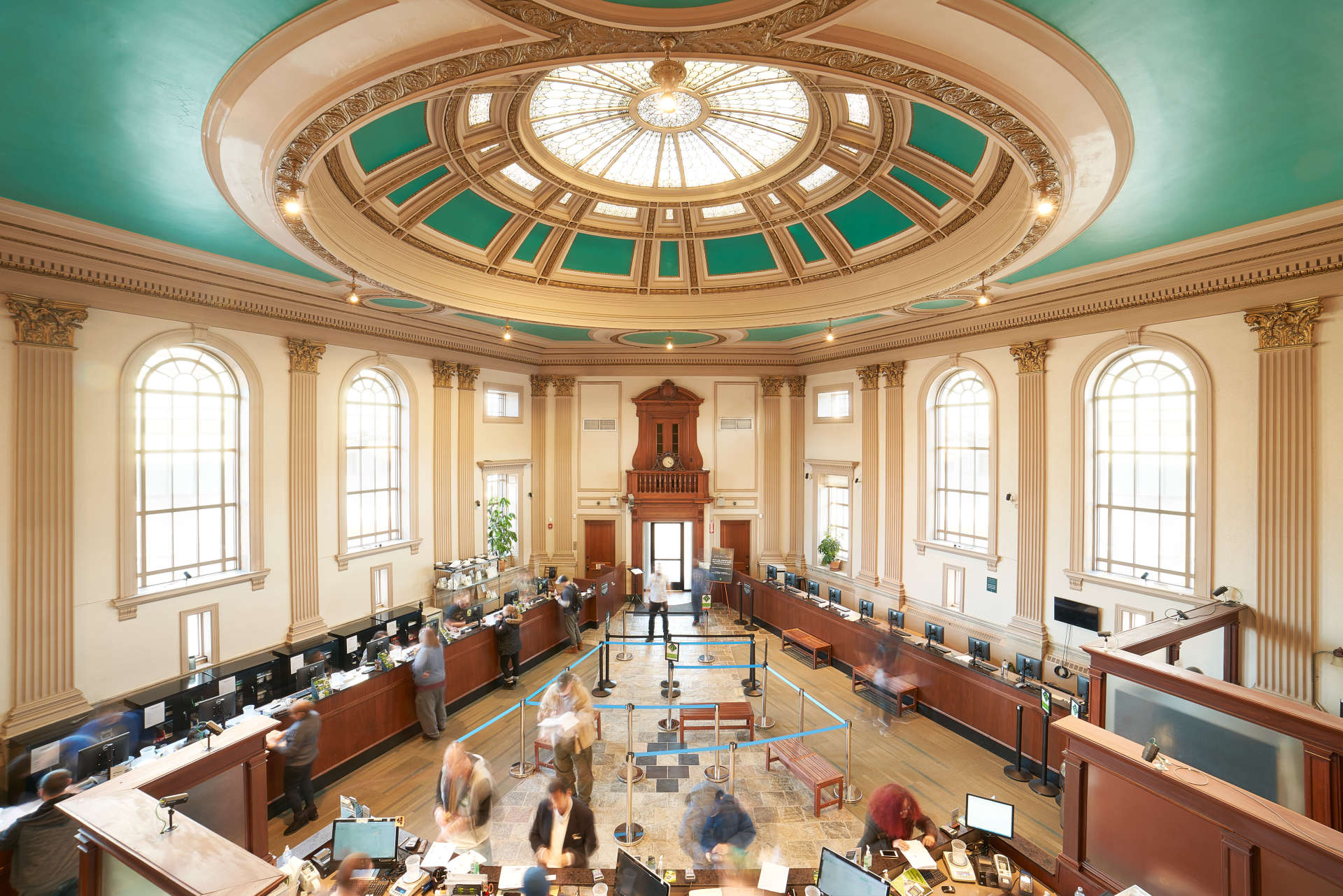
As legal cannabis sales continue to grow, there's a movement among dispensaries to improve the perception of cannabis, from educating consumers to providing a luxury buying experience. There is a growing trend across the industry to create spaces that are cutting-edge design statements and feature elegant décor and a one-of-a-kind, branded luxury buying experience. Cannabis dispensaries are giving designers like us a new canvas to explore. From incorporating natural materials like rich woods, stone, and bright lighting, to creating retail establishments in alternative spaces - creative dispensary design is working to brand cannabis retailing as a luxury experience. We are more than up for that challenge.

